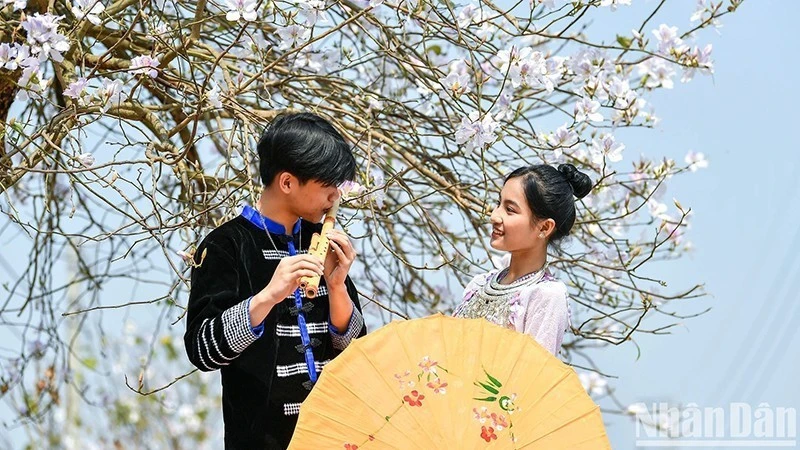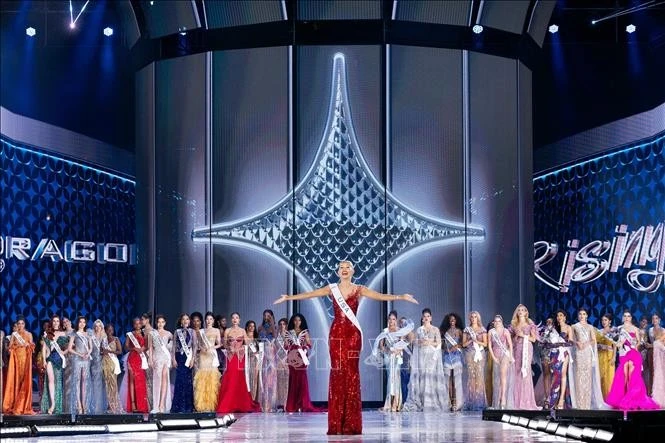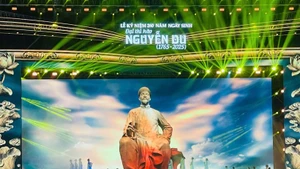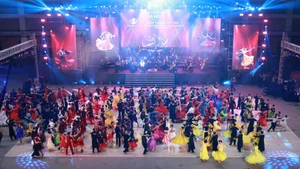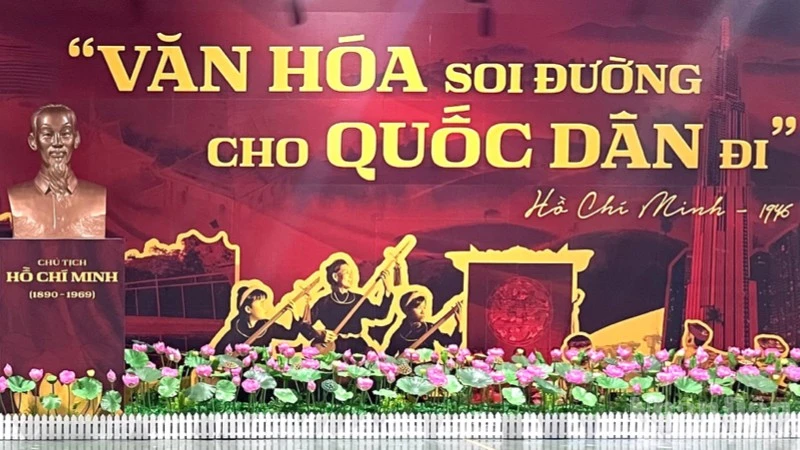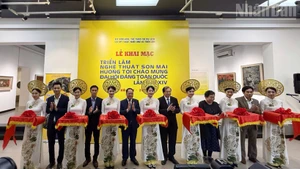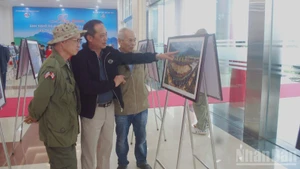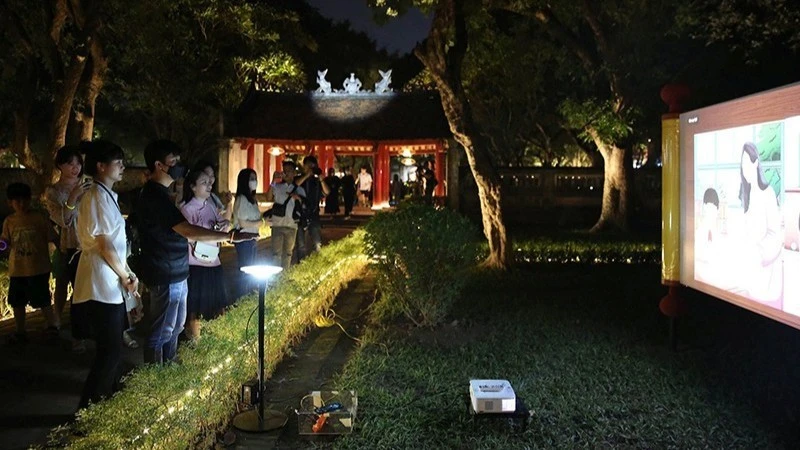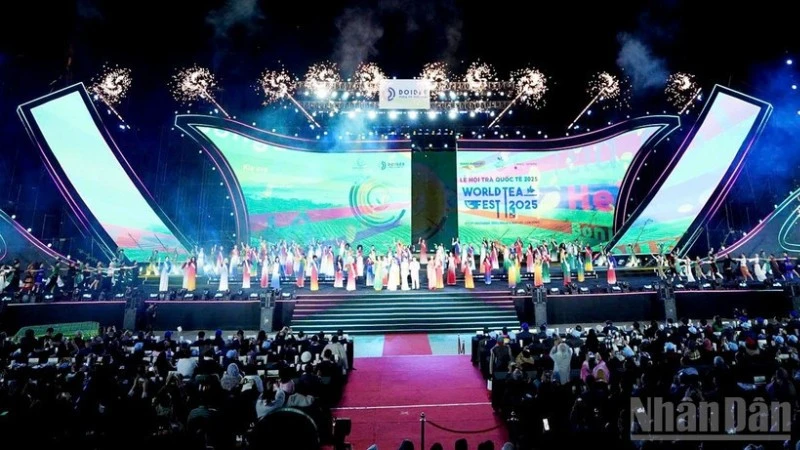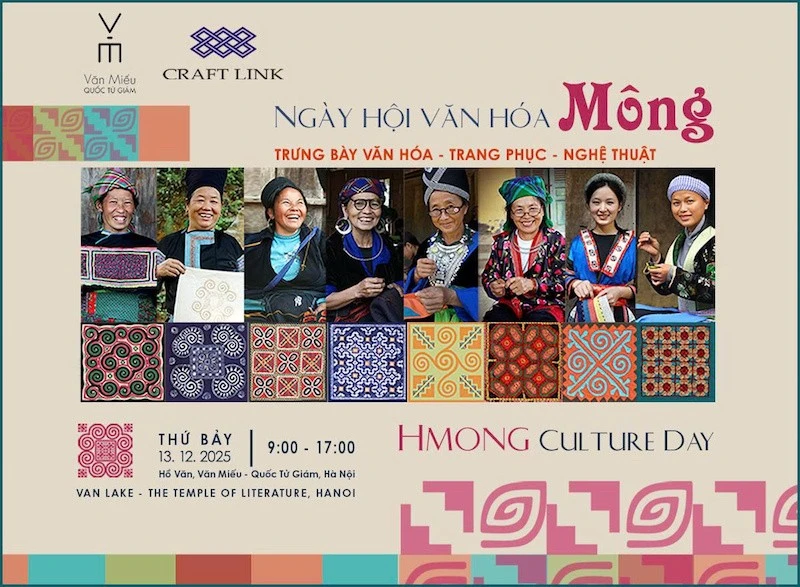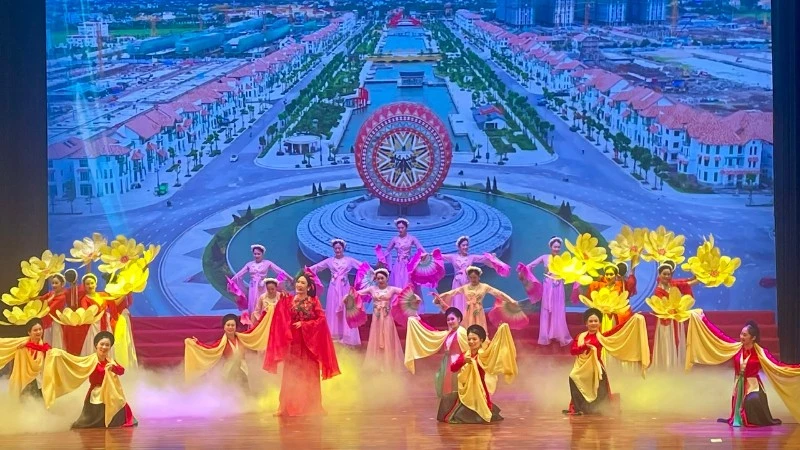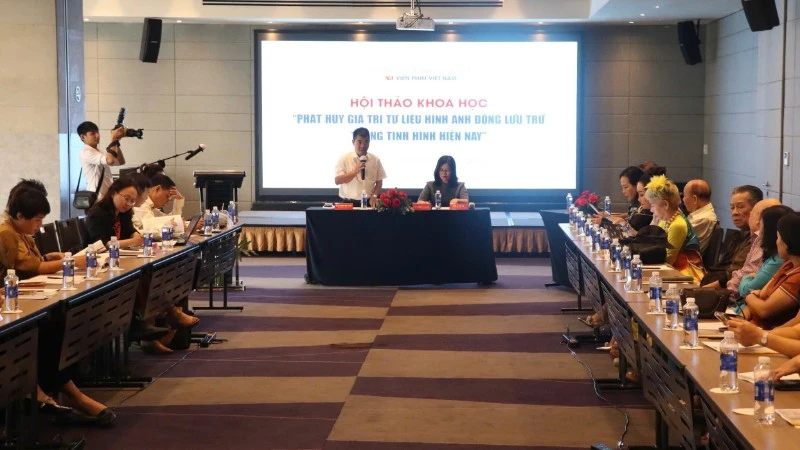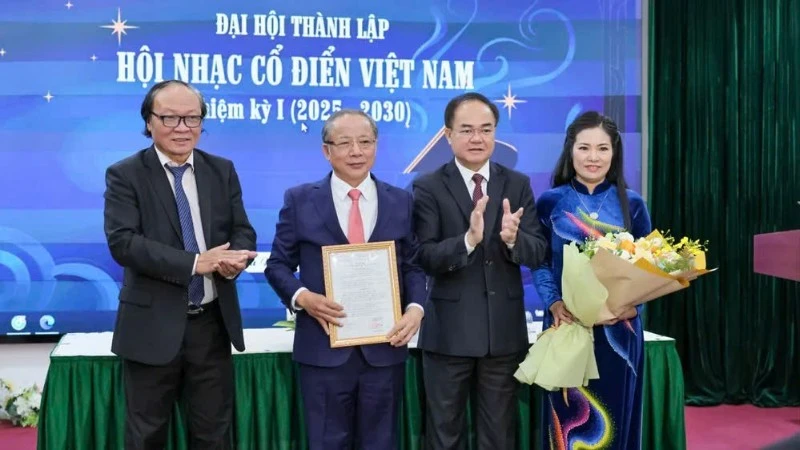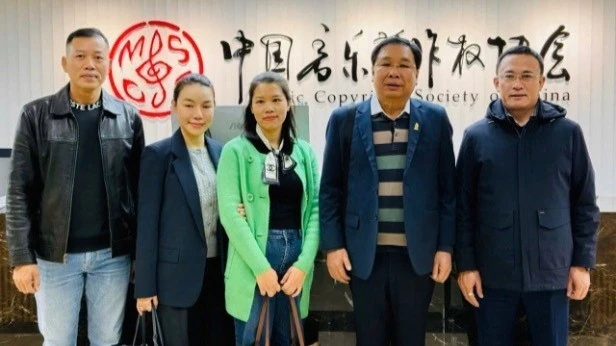This represents an important first step in building a unified, modern, and distinctive image of Viet Nam, capable of generating strong resonance internationally. In the context of deep globalisation and increasing competition in national branding, the prompt adoption and implementation of this strategy is both an objective necessity and an urgent requirement.
In reality, despite various programmes already in place, promotion activities offViet Nam’s international image have yet to establish a clear position in the global arena. According to statistics cited in the draft, Viet Nam’s national brand value was estimated by Brand Finance in 2024 at 507 billion USD, ranking 32nd out of 193 countries. Meanwhile, FutureBrand’s 2020 report placed Viet Nam 66th out of 75 countries surveyed. Within the Asia–Pacific region, Viet Nam ranked 15th out of 18 countries. These rankings are seen as modest and highlight a significant gap between Viet Nam’s actual potential and its presence in global media.
One of the primary reasons is the lack of a comprehensive communication strategy. Viet Nam still lacks a unified orientation in terms of content, implementation methods, and resource allocation. Promotional efforts remain fragmented and tend to focus on individual introductions rather than cohesive storytelling. They often do not draw on in-depth research into the needs, expectations, and media consumption habits of international audiences. As a result, Viet Nam’s image is largely associated with tourism and traditional culture and lacks deeper and inspiring narratives that align with global media trends.
The overarching goal outlined in the draft strategy is to promote positive information about Viet Nam both at home and abroad, aiming to strengthen global recognition of the country as “stable, developing, innovative, and rich in cultural identity”, thereby enhancing Viet Nam's position in the international arena. This national brand identity should be consistently implemented across ministries, sectors, and localities to overcome the current fragmentation in how Viet Nam’s image is communicated.
The overarching goal outlined in the draft strategy is to promote positive information about Viet Nam both at home and abroad, aiming to strengthen global recognition of the country as “stable, developing, innovative, and rich in cultural identity”, thereby enhancing Viet Nam's position in the international arena.
However, as several ambassadors and media professionals have pointed out, today’s world assesses a country not only by its rich resources, heritage, or cultural identity, but also by its capacity for action and its ability to contribute to universal values such as peace, sustainable development, and humanism.
The international community is increasingly interested in such defining “qualities” and in what Viet Nam is doing to help solve global challenges. For example, rather than presenting water puppetry solely as a traditional art form, it could be framed as a symbol of community cohesion and a love for peace, resonating with global audiences who seek nations that are responsible, compassionate, and committed to shaping a shared future.
Therefore, the draft strategy for promoting Viet Nam’s image abroad must be built on a shift in mindset—from an inward-looking to an outward-facing approach; from simply saying what we want, to telling stories the world cares about and can relate to. In today’s context, communication grounded in universal values such as peace, humanity, sustainable development, and innovation forms a “common language” that is more likely to be embraced by global audiences.
The strategy should begin with thorough research into the needs, tastes, contexts, cultural characteristics, and information consumption habits of different regions and audience groups. Based on that, Viet Nam can craft appropriate messages and shape a compelling, inspiring “Viet Nam story” that is consistent in values, lifestyle, national spirit, and aspirations for development—delivered in a modern, multimedia, and multi-platform format.
With its rising international stature, Viet Nam now stands at a significant opportunity to assert itself as a modern, friendly, culturally rich, and globally responsible nation. To make national image promotion a strategic spearhead of foreign policy—much like many countries have done—Viet Nam needs a professional communication strategy that places the world as its “central audience,” while simultaneously evoking and enriching the most profound, vibrant values of Viet Nam. This is how Viet Nam can firmly establish a clear and positive image in the hearts and minds of international friends.
